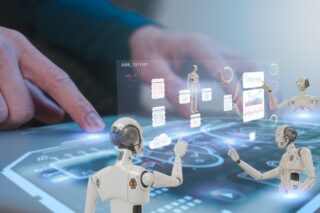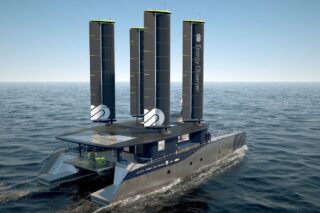At Bentley Systems’ Year in Infrastructure conference, currently taking place in Amsterdam, CEO Nicholas Cumins laid out yesterday a compelling vision for how infrastructure engineering must scale rapidly. He also added that artificial intelligence, if done right, is central to meeting that challenge. Underpinning his message was a repeated emphasis on trustworthy AI. AI grounded in real-world context, accountable to engineering logic, and respectful of users’ data. Here’s what stood out, and what it means for the industry going forward.
At this year’s Bentley Systems Year in Infrastructure conference, CEO Nicholas Cumins took the stage in Amsterdam with a powerful message about legacy, capacity, and trust. Using the Netherlands—a nation built from the sea, shaped over centuries by reclamation, dikes, and canals—as his metaphor for legacy, he reminded attendees that progress comes from learning and building on what came before.
“Each generation built on the last, and their lessons guide us as we tackle our own challenges today,” Cumins said.
The Productivity Gap
Over the past year, climate change has placed “extraordinary stress on infrastructure around the world,” Cumins noted. He cited catastrophic floods, record-breaking heatwaves, and the strain of growing data-center power demand. Infrastructure, he warned, is being tested “in ways that are impossible to avoid.”
He stressed that the scale of what must be done—repair, renewal, expansion—is beyond current capacity. Simply put: there are not enough engineers in the world to deliver everything needed using traditional methods.
“How do we design, build, or repurpose fast enough to support this growing need?” Cumins asked.
His answer: make existing engineers more productive through digital tools, smarter workflows, and better use of data. His keynote centered on a critical idea: the need to expand engineering capacity through trustworthy, context-aware AI. But this AI must not only accelerates design. It must also understands the constraints, physics, and safety requirements of the real world.
“Just as the Dutch once turned water into land, we too can innovate to expand capacity and meet rising demand,” he said.
Around the world, Cumins noted, projects using Bentley’s digital solutions are already reporting measurable gains—20% faster design cycles in Australia, 20% cost reductions in the U.S., and 40% more collaboration in France. Yet, he cautioned,
“Even with these substantial productivity improvements, it’s still not enough to meet the scale and urgency of global demand.”
The Rise of AI in Infrastructure
A third of this year’s Going Digital Awards submissions (Bentley’s global competition recognizing digital excellence) incorporated AI. This is a sharp increase from previous years. Cumins called this a “step change” that is already reshaping how infrastructure is conceived and operated.
“AI is transforming infrastructure. It is emerging across design, construction, and operations—touching every phase of the infrastructure lifecycle,” he said. “Infrastructure professionals are using AI not just to automate, but to optimize decisions and outcomes in ways we couldn’t achieve before.”
Examples from this year’s finalists illustrated that transformation vividly. In Turkey, engineers used AI to evaluate over 10 million scenarios in days. They managed to compress a five-year geothermal project timeline by more than 75%. In China, an engineering firm combined AI algorithms with drone surveys and sensors to build an intelligent warning system for substations. This boosted operational efficiency by over 60%.
“Each of these examples shows AI tackling work that was previously too complex, inefficient, or even impossible to scale,” Cumins said. “And these gains of 60 to 80% are just the beginning.”
How Do We Trust AI? The Four Pillars of “Trustworthy AI”
Cumins didn’t shy away from the growing anxiety surrounding AI’s reliability.
“As we lean on AI for more critical decisions,” he asked, “how do we ensure those decisions are trustworthy?”
Engineering, he emphasized, is a creative profession—but one “where precision is non-negotiable and consequences are real.” Therefore, AI in infrastructure must remain collaborative. Humans must remain in the loop. AI is a partner.
To make AI trustworthy, he argued, it must be grounded in context. He presented four layers of understanding that reflect the reality of engineering.
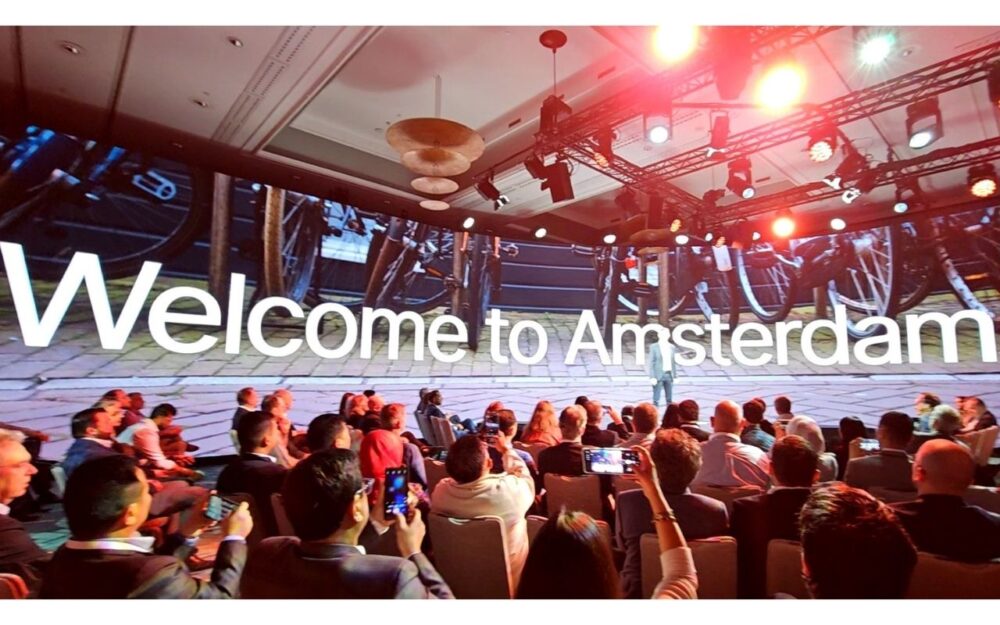
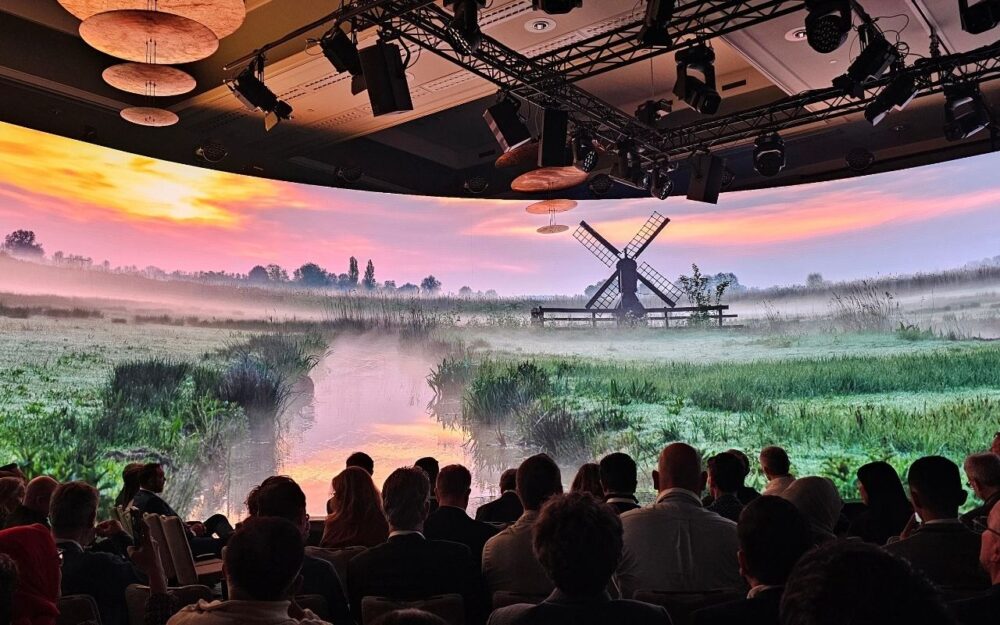
1/ Project Context
AI must know what we’re trying to achieve—and the rules it must obey. In design and construction, this means understanding the desired outcome and performance, along with limitations such as budget, schedule, and carbon impact.
“If we ask AI to help lay out a new transit route or optimize a bridge design,” Cumins said, “it needs to be guided by what we’re trying to achieve and what rule set we operate under.”
In the Turkish geothermal project, AI ran 3,000 simulations to find an optimal solution that balanced sustainability, cost, and reservoir health.
2/ Environmental Context
AI must understand the real-world environment—terrain, assets, utilities, and even subsurface conditions.
“The number one cause of construction delays and cost overruns,” Cumins reminded, “is often a misunderstanding of subsurface conditions.”
In Ithaca, New York, Bentley’s digital twins combine drone imagery and machine learning to model 5,000 buildings, identifying retrofits that reduce carbon emissions by up to 95%. In Saudi Arabia, engineers use AI with Bentley’s Sequens software and satellite data to better understand ground behavior and optimize foundation design for warehouse rehabilitation projects.
“The result is a 70% reduction in micro-pile vibration, significant cost and carbon savings, and strong confidence in long-term performance—even in challenging ground,” he said.
3/ Institutional Context
Organizations have decades of data—designs, standards, performance outcomes, expert judgments. AI systems should tap into this “collective memory,” not force each project to reinvent the wheel.
“While no two projects are alike,” Cumins said, “that doesn’t mean each one should start from scratch.”
Imagine engineers asking, “How did we design the foundation for a similar bridge last year?” and receiving relevant, validated information in seconds. But for AI to access this institutional knowledge, data must be accessible, organized, interoperable, and open.
“Much of it remains trapped in proprietary formats and siloed systems,” Cumins noted. “For AI to truly learn from past projects, openness is essential.”
To achieve this and make AI a true copilot, Bentley is helping organizations open up and standardize their infrastructure data.
4/ Engineering Context
Finally, Cumins stressed that AI must operate “within the bounds of engineering logic and physical principles.”
“Left unchecked, a purely data-driven AI might propose solutions that appear optimal in simulation but are unsafe in the real world,” he warned.
Several award submissions demonstrated how engineering logic can be embedded directly into AI-driven workflows. In Brazil, an AI-driven leak detection system validated every result against hydraulic models, cutting water loss by 13%. Then, in California, AI-powered inspection of power structures reduced review time by 75% while ensuring full compliance with CSA safety standards. Finally, in China, an offshore wind farm team used Bentley’s structural tools with AI to design and validate turbines for typhoon conditions—delivering a one-gigawatt project in just eight months.
“It’s striking to see how engineers are already connecting our applications with AI—even though these applications weren’t designed for that,” Cumins said. “They’re finding ways to integrate AI through APIs and custom workflows, unlocking entirely new levels of productivity.”
Toward a Trustworthy AI Ecosystem
To accelerate this momentum, Bentley launched the Infrastructure AI Co-Innovation Initiative, inviting users to collaborate on API development and AI-enhanced workflows.
“Our role is to help you unlock the full potential of your data,” Cumins assured. “Your project data remains your data—always. Only you decide if and when to use it to train AI.”
He concluded with a call to action for the industry:
“The opportunity to shape the future of infrastructure is in front of us—and we’re incredibly excited to collaborate with you in this new way.”
For companies in the infrastructure sector—owners, engineers, and constructors—the message was clear: invest in your data and demand AI tools that are transparent, contextual, and grounded in engineering logic. For Bentley, AI is not meant to replace engineers but to amplify them—helping them work faster, better, and more resiliently.
If done well, the payoff could be transformative: infrastructure that is safer, more resilient to climate risk, delivered faster, and more sustainable.
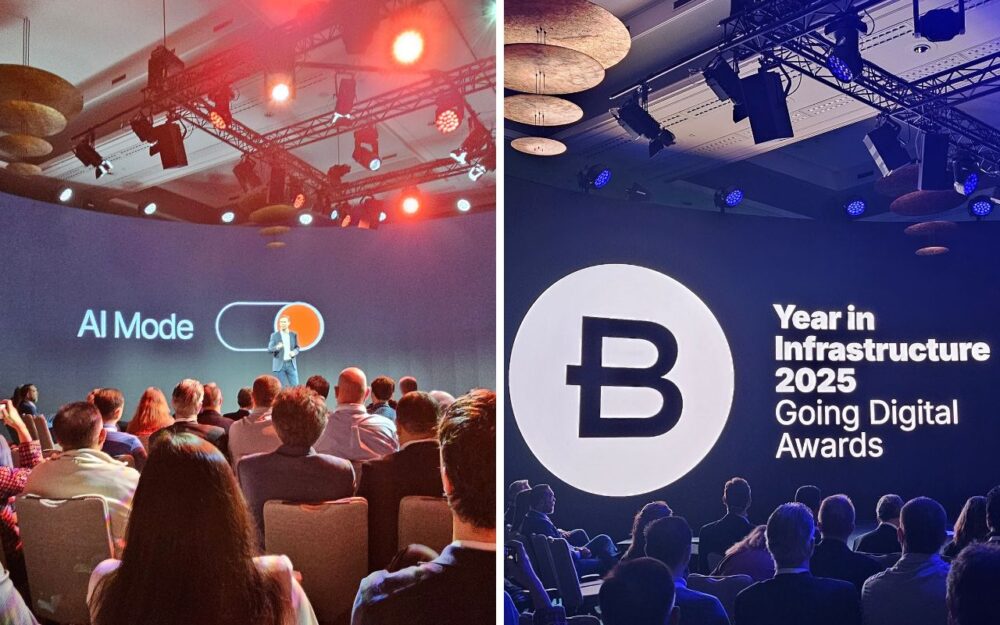


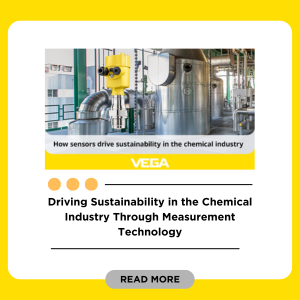

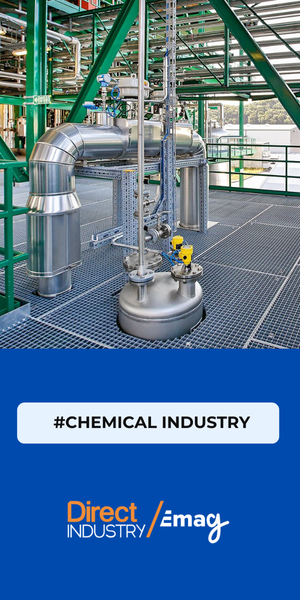
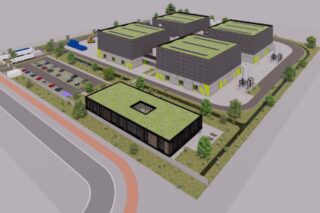
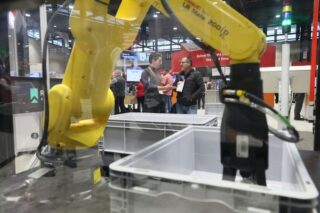
![Image [Buying Guide] How to Choose the Right AMR?](/wp-content/uploads/sites/3/AMR-320x213.jpg)
